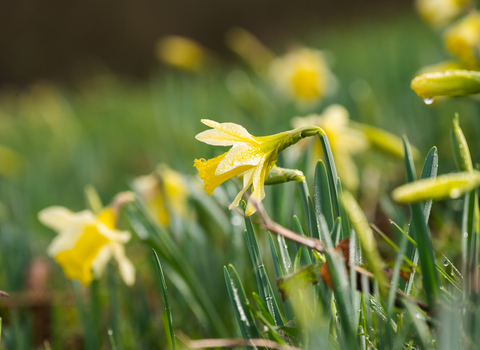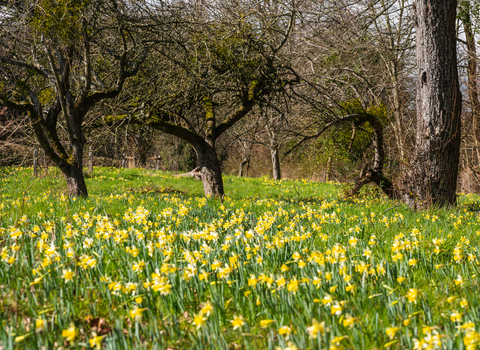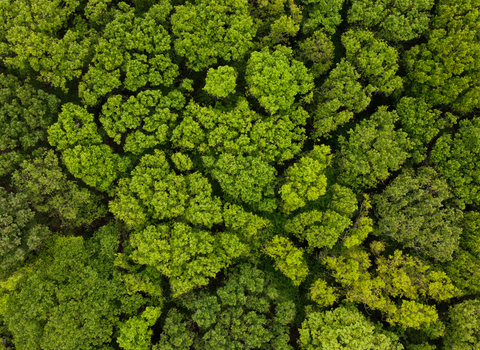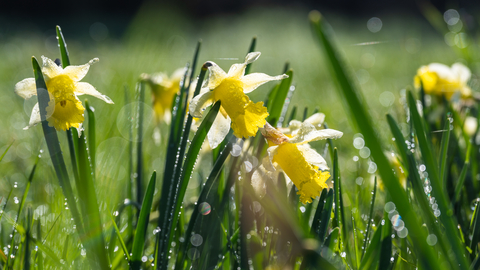
Vell Mill Daffodil Meadow (c) Nathan Millar
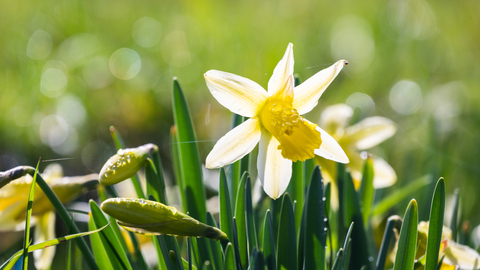
Vell Mill Meadow (c) Nathan Millar
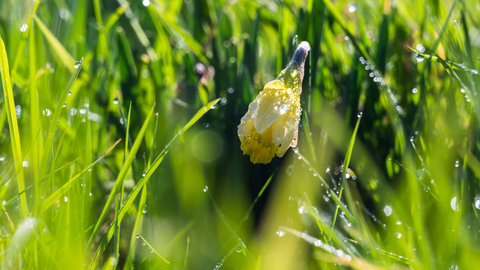
Vell Mill Meadow (c) Nathan Millar
Vell Mill Daffodil Meadow
Location
Know before you go
Dogs
When to visit
Opening times
Open access throughout the yearBest time to visit
March to MayAbout the reserve
One of the best surviving wild daffodil meadows and part of the 'Golden Triangle', this nature reserve forms part of the areas where, in the past, thousands of people would visit during the spring - traveling up from London on the train to pick the flowers to take back and sell.
Advances in agriculture were used to ‘improve’ Vell Mill’s grassland over the years, which meant it has been a long and carefully thought out process to encourage the return of wildflowers through haymaking and grazing.
Vell Mill’s daffodils are complemented by a young orchard. In 2011, over 60 traditional Gloucestershire varieties of apple, pear and plum trees were planted as a small step towards redressing the loss of 75% of the county’s orchards over the past 50 years.
Traditional orchards are important habitats for amphibians, mammals, birds, bats and more, which not only forage and feast upon the fruits and flowers, but upon the insects that thrive in these now rare habitats.
In time, this new young orchard will connect other traditional orchards in the area, enabling wildlife to move and colonies to merge and become more robust. The trees are likely to attract nesting birds such as green woodpecker, bullfinch, fieldfare, wren and song thrush, and insects such as bumblebee and noble chafer and stag beetles.
The Meadow is the ideal setting for wildflowers such as cowslip, common dog-violet, meadow vetchling, barren strawberry and greater stitchwort to flourish, which in turn attract butterflies such as brimstone and peacock.
Hay is cut in July, and the reserve is grazed by sheep early in the summer and from mid-July to December.

